Tomoo Gokita, The Japanese Contemporary Art Icon Takes to Colour
In 2020, the exhibition ‘MOO’ at Taka Ishii gallery saw the artist present a new, more colourful, facet of his work.
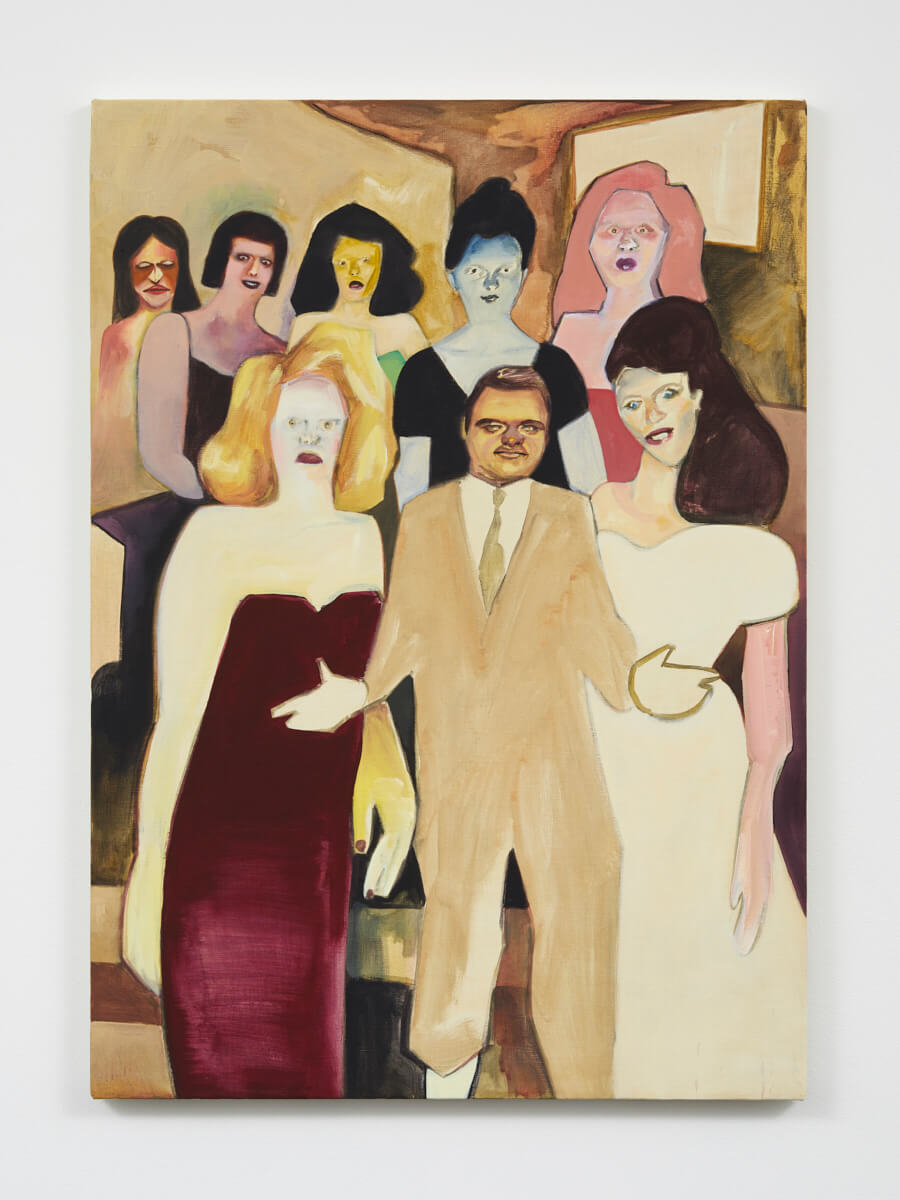
Tomoo Gokita, ‘New Latin Quater’ (2020) Courtesy of Taka Ishii Gallery
Alongside Takashi Murakami and MR., Tomoo Gokita has become one of Japan’s most iconic contemporary artists since his rise to fame in the 2000s. His gouache paintings in black and white feature portraits of erased faces that have become some of the most recognisable works on the international art market. In the summer of 2020, however, Tomoo Gokita revealed another side to his talent, producing colour works exhibited at the gallery Taka Ishii in Tokyo for the exhibition MOO.
Born in 1969 in Tokyo, Tomoo Gokita began his career as an illustrator, collaborating with the worlds of fashion and of music, notably inspired by the American subcultures of the 1960s and 1970s. In 2000 he published the book of drawings Lingerie Wrestling to great success. It was in 2005 that his signature paintings began to emerge in black and white. The art market quickly took hold of his works and at auction they were soon being sold for over a million dollars.
Tomoo Gokita rethinks his identity
His gouache and acrylic works drew on Western popular culture and marginal counter cultures, inspired by record sleeves, Playboy covers from the 1970s, postcards, classic film posters, manga, and gekiga (Japanese cartoons). The critic Roberta Smith wrote in the New York Times that the work of Tomoo Gokita provides ‘tonal range that makes black-and-white feel like living color.’
Tomoo Gokita has now abandoned this clear marker of his work and his former inspirations for more intimate paintings whose references are no longer to pop culture but instead to personal experience and form. According to the exhibition catalogue, his ‘paintings combine seemingly effortless expression and rich textures to suggest an evolutionary step in the artist’s oeuvre. The fruitful transformations that Gokita gracefully achieves by altering material and process also highlight the unwavering essence of his practice.’
The black-and-white works that made an icon of Tomoo Gokita can be found in institutional collections around the world: in the High Museum of Art, Atlanta; in the Marciano Art Foundation, Los Angeles; in the Oketa Collection, Japan; and in the X Museum in Beijing.
MOO (August 28th – September 26th 2020), an exhibition by Tomoo Gokita, took place at Taka Ishii Gallery.
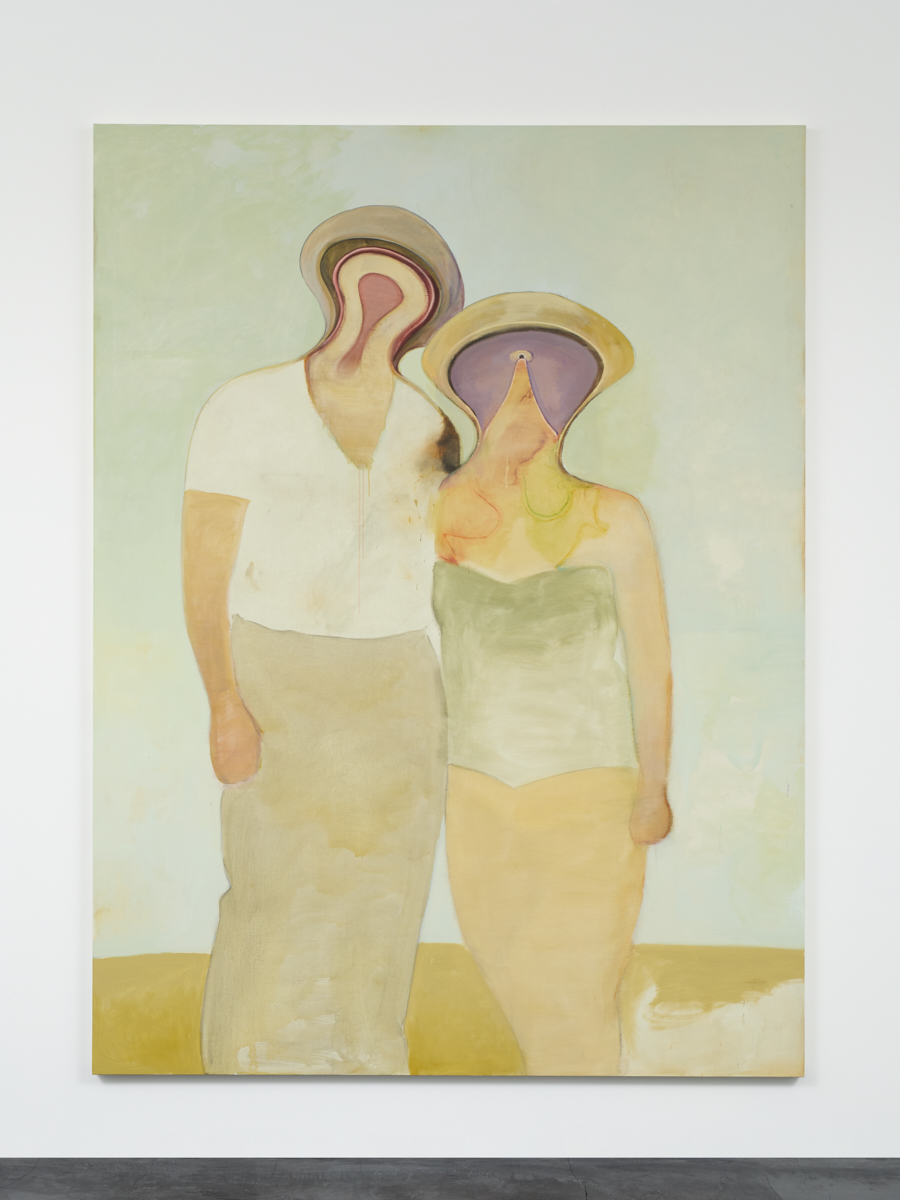
Tomoo Gokita, ‘Late Marriage’ (2020) Courtesy of Taka Ishii Gallery
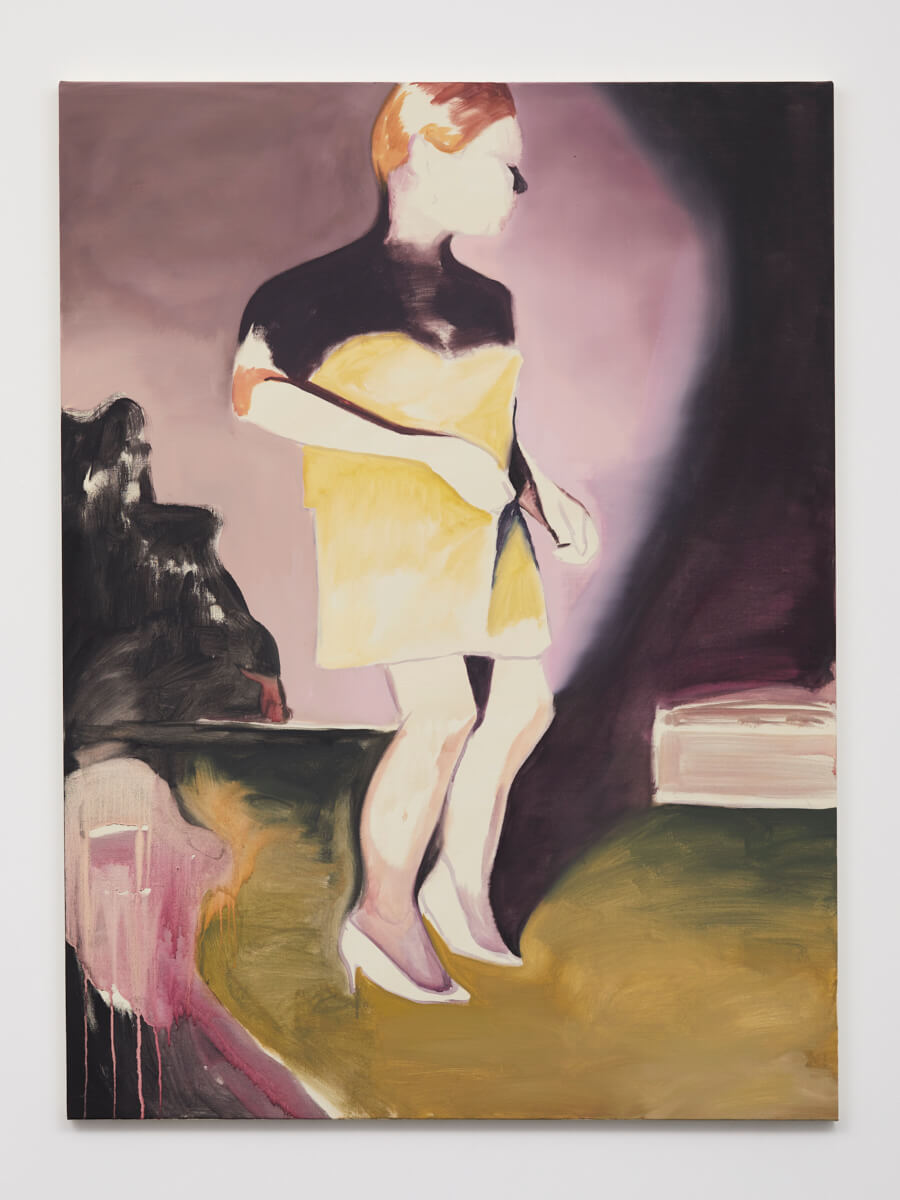
Tomoo Gokita, ‘Neue Tanz’ (2020) Courtesy of Taka Ishii Gallery
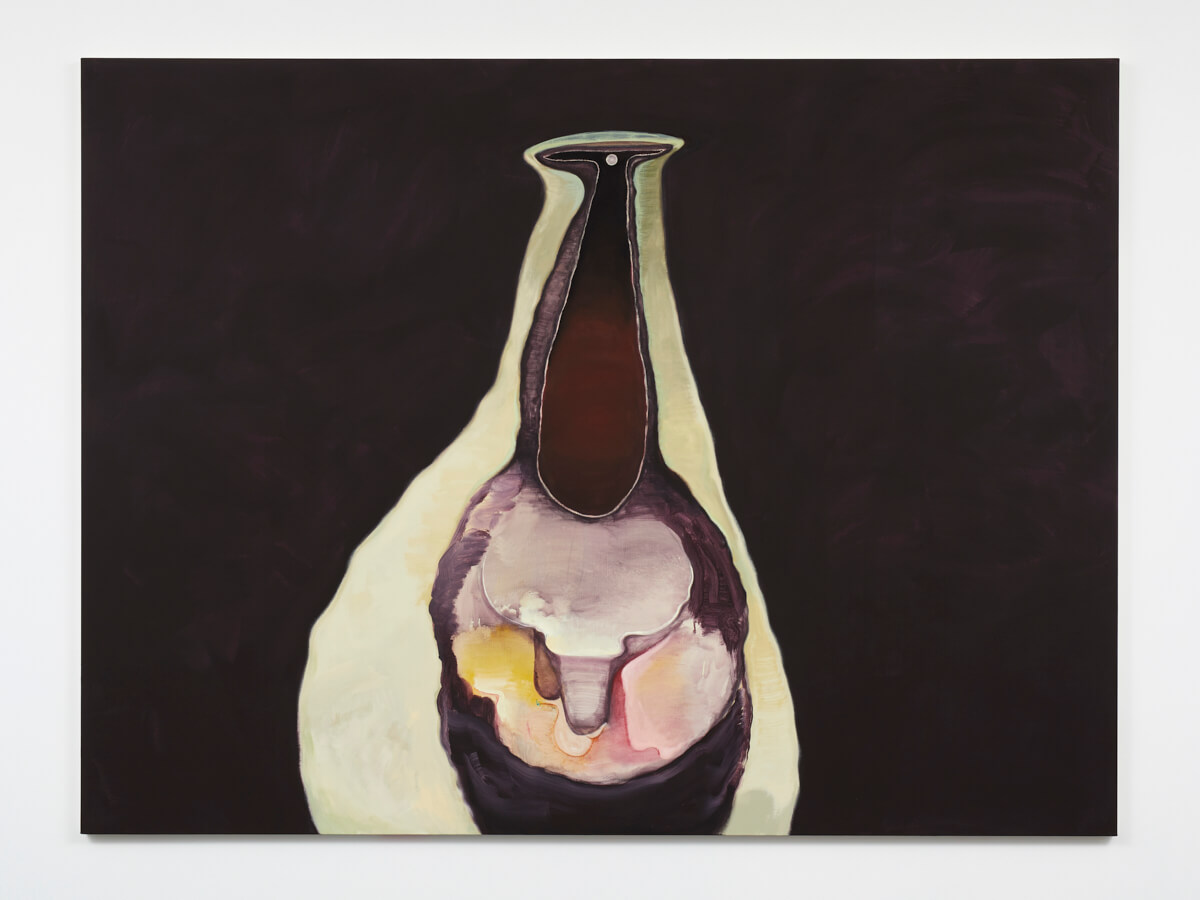
Tomoo Gokita, ‘Booker T.’ (2020) Courtesy of Taka Ishii Gallery
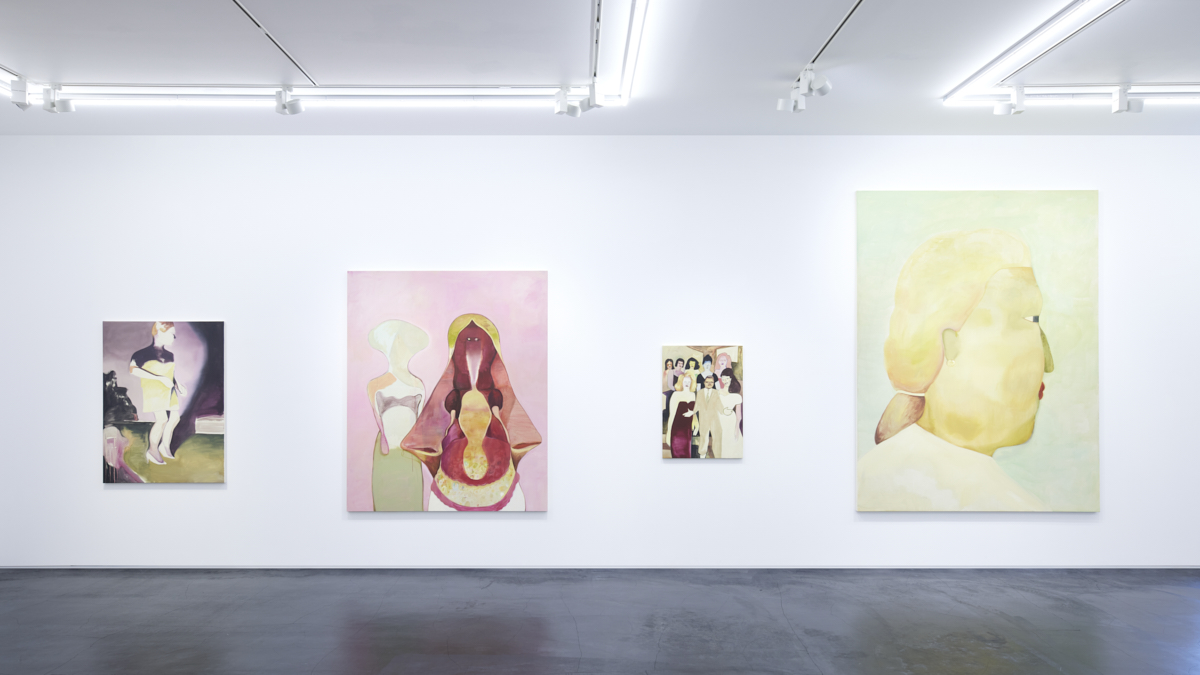
Tomoo Gokita — ‘MOO’ © Taka Ishii Gallery

Tomoo Gokita — ‘MOO’ © Taka Ishii Gallery
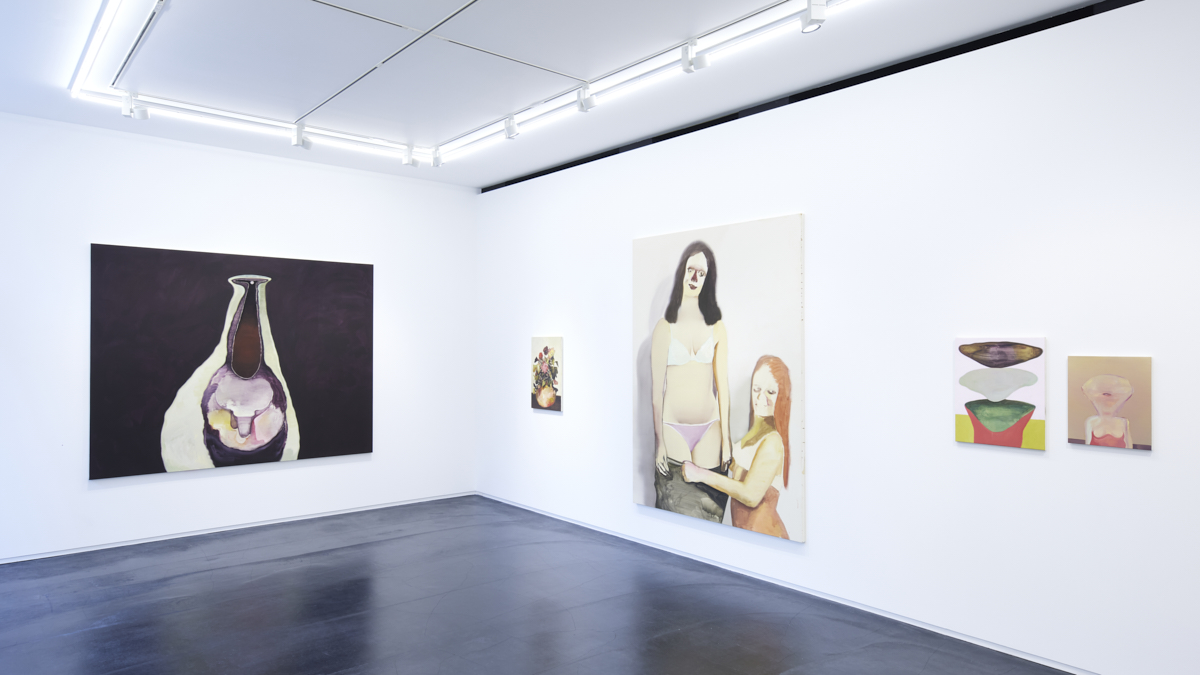
Tomoo Gokita — ‘MOO’ © Taka Ishii Gallery
TRENDING
-
The Tattoos that Marked the Criminals of the Edo Period
Traditional tattoos were strong signifiers; murderers had head tattoos, while theft might result in an arm tattoo.

-
Chiharu Shiota, Red Threads of the Soul
Last year, more than 660,000 people visited the retrospective 'Chiharu Shiota: The Soul Trembles' exhibit at the Mori Art Museum.

-
‘Before Doubting Others, Doubt Yourself. Who Can Truly Say a Dish Isn’t What It Used to Be?’
In ‘A Non-Conformist’s Guide to Surviving Society’, author Satoshi Ogawa shares his strategies for navigating everyday life.

-
The Story of Sada Yacco, the Geisha who Bewitched Europe
Described by Dazed magazine as the first beauty influencer, she has been restored to her former glory since 2019.

-
Ito Jakuchu's Naturalist Paintings
From 15 September until 14 October 2018, the Petit Palais showcased the artist's iconic ‘Images of the Colourful Realm of Living Beings’.





